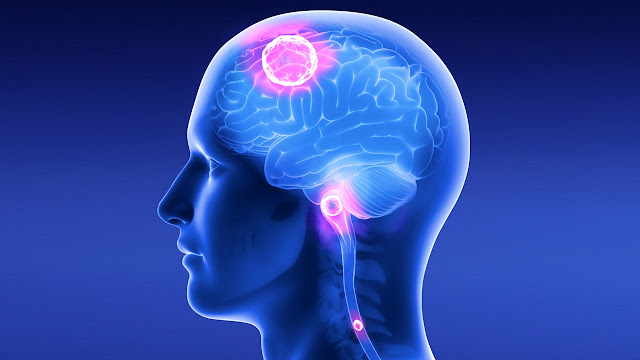 |
| Image Source-Google | Image by- | researchgate |
Guidelines for initial control for ependymoma are most surgical resection accompanied by using radiation. Chemotherapy is of restrained use and reserved for special instances along with younger children and those with tumor present after resection. Prophylactic craniospinal irradiation is of variable use and is a source of controversy for the reason that most recurrence occurs at the web page of resection and therefore is of arguable efficacy. Confirmation of cerebrospinal infiltration warrants extra expansive radiation fields.




















